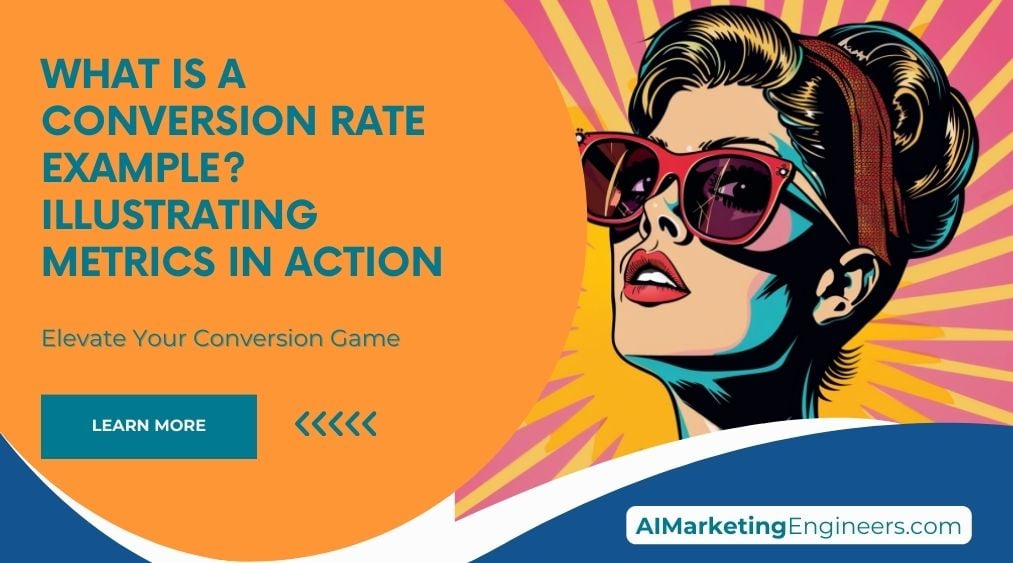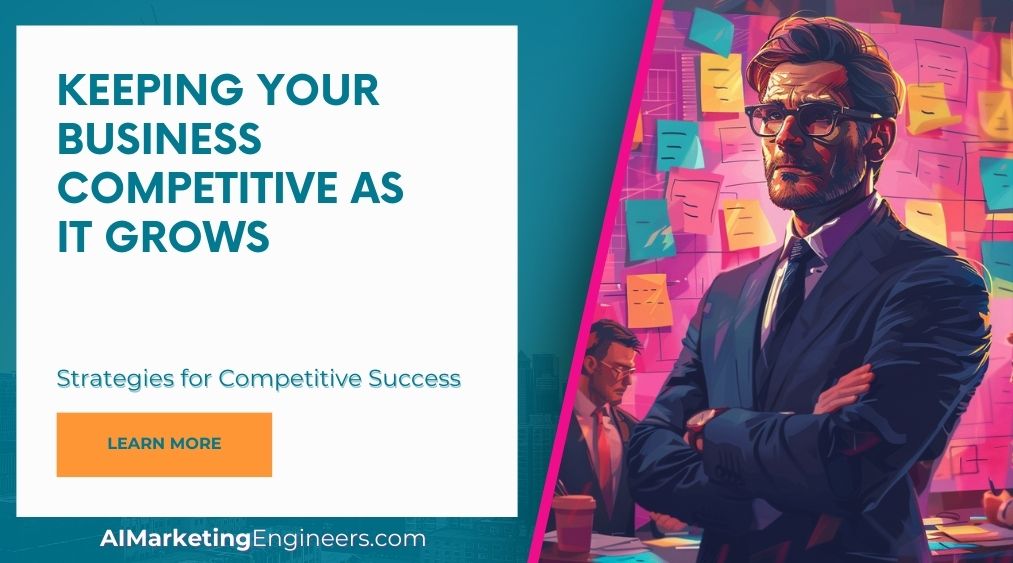Key Takeaways
✅ Definition and Importance of Conversion Rate: Understanding the conversion rate is crucial for any online endeavor. It's like knowing the pulse of your website or marketing campaign. Are you grabbing attention and transforming it into action? Real talk – if you aren't, you're probably watching potential customers disappear like mist in the morning sun.
✅ Understanding Conversion Rate Example: Picture this: a cozy e-commerce shop buzzing with 1,000 visitors, eagerly window-shopping. If 100 of them swipe their cards, that's a solid 10% conversion rate. Real stories like this can show you the money is in the details – how you're making those hundred sales can be a game changer.
✅ Improving Conversion Rate Metrics: It's fixing time! Polish your website till it shines, make landing pages your customers can't resist, and dish out emails that get clicked faster than a cat meme. Personalize, optimize, and keep testing – like a chef perfecting their signature dish, tweak that recipe until it's just right.
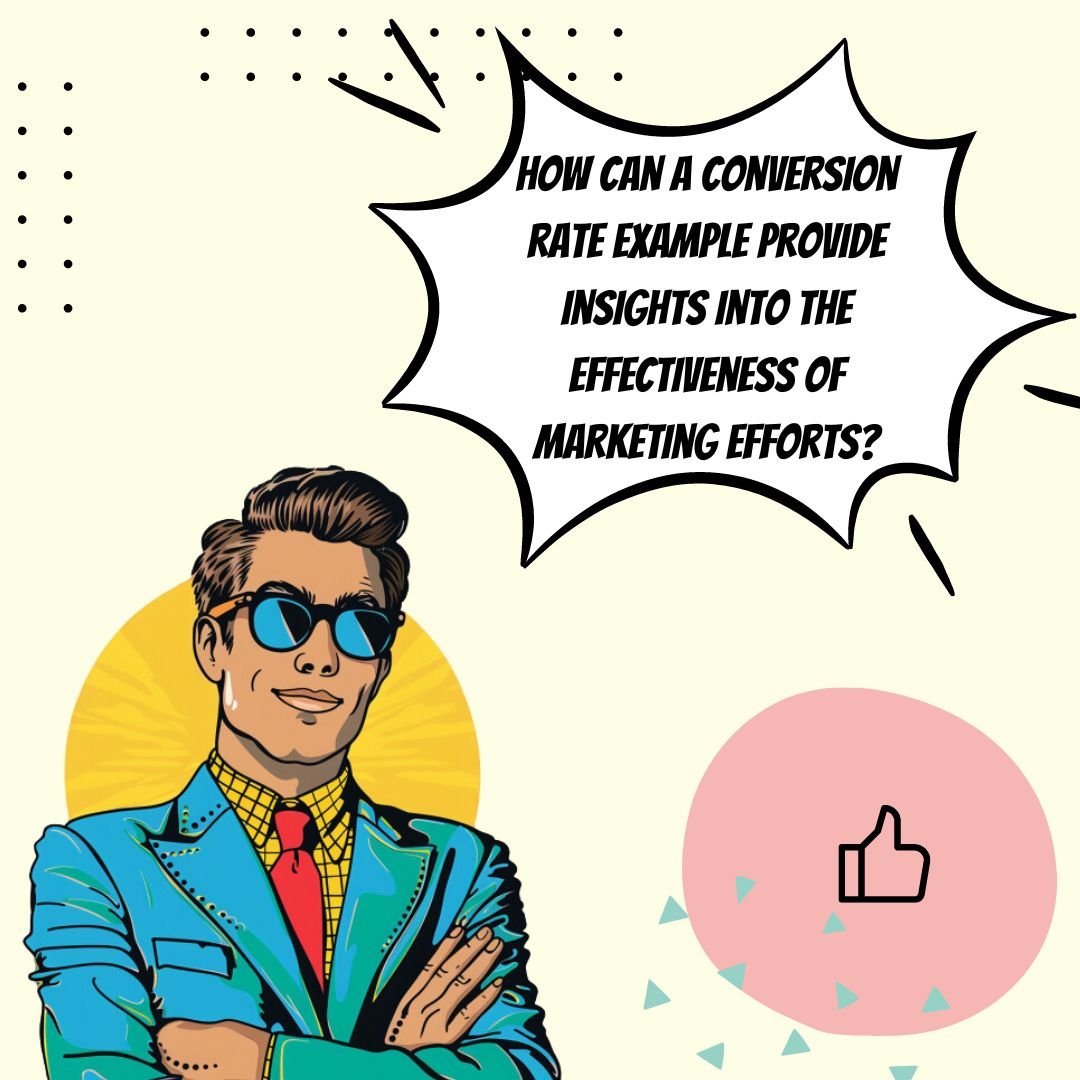
Introduction
Hey, have you ever wondered why some websites seem to have a golden touch? You know, where visitors just can't help but click that "Buy Now" button or sign up faster than you can say "free trial"? What's the secret? Well, it's all about understanding the conversion rate, an unassuming little number that could make or break your online success.
In our journey today through "Unlocking the Power of Conversion Rate Examples: Metrics in Action," we're going to dive into the world where these numbers tell tales of triumph and toil. We'll unpack what a conversion rate actually is, why it should matter to you, and how it's shaking up the digital landscape in ways you can't afford to ignore.
We've got some juicy real-world examples coming your way, from e-commerce giants to lead-generating wizards, even peeking into mobile apps where the game plays out on a smaller screen but with just as much heat. Get ready to be that person with insider knowledge, those savvy insights that could very well propel your website from meh to marvelous.
By the time we wrap up, you'll not just understand the 'what' and 'why,' but you'll also be armed with some 'how-to' rocket fuel, ready to take off and aim for the stars. So buckle up – we're about to launch into a world where numbers are more than just digits; they're the keys to a kingdom of clicks, conversions, and, yes, customers.

Top Statistics
| Statistic | Insight |
|---|---|
| Global e-commerce conversion rates: Averaged 2.55% in Q4 2020, with the United States leading at 3.56%. (Source: Monetate Ecommerce Quarterly Report, Q4 2020) | The US showing a higher average is promising and propels a target for global markets to aspire to improve their conversion strategies. |
| Mobile vs. Desktop conversion rates: 1.89% for mobile compared to 2.52% for desktop in Q4 2020. (Source: Monetate Ecommerce Quarterly Report, Q4 2020) | This split entices businesses to dig deep into creating a more mobile-friendly experience, ensuring they're not missing out on potential sales. |
| Paid search ads conversion: Averaging 3.75%, with legal industry at 6.09%. (Source: WordStream, 2021) | The remarkable performance in the legal sector might get you thinking, what can other industries take away from their paid search success? |
| Email marketing efficiency: Holding an average conversion rate of 2.35%, with hobbies at 5.01%. (Source: Campaign Monitor, 2021) | Spotlights the potential returns from well-segmented email campaigns, especially when you match the message with the recipient's interests. |
| Social media ads performance: An average conversion rate of 1.45%, highest for Instagram at 1.6%. (Source: Hootsuite, 2021) | Indicates that while social media can be a goldmine for engagement, converting that into sales is where the real challenge lies. |
What is a Conversion Rate?
Have you ever wondered what makes a business understand if their online shop, advertisement, or app is actually working the way they want it to? Well, that's where the conversion rate comes into play. Imagine a digital storefront: if a hundred people walked in and five of them bought something, the store's conversion rate would be 5%. Simple, right? Now, it's not just about buying; it could be signing up for a newsletter (micro conversion) or completing a purchase (macro conversion). These insights help paint a picture of where a business is shining and where it could use a bit of polish.
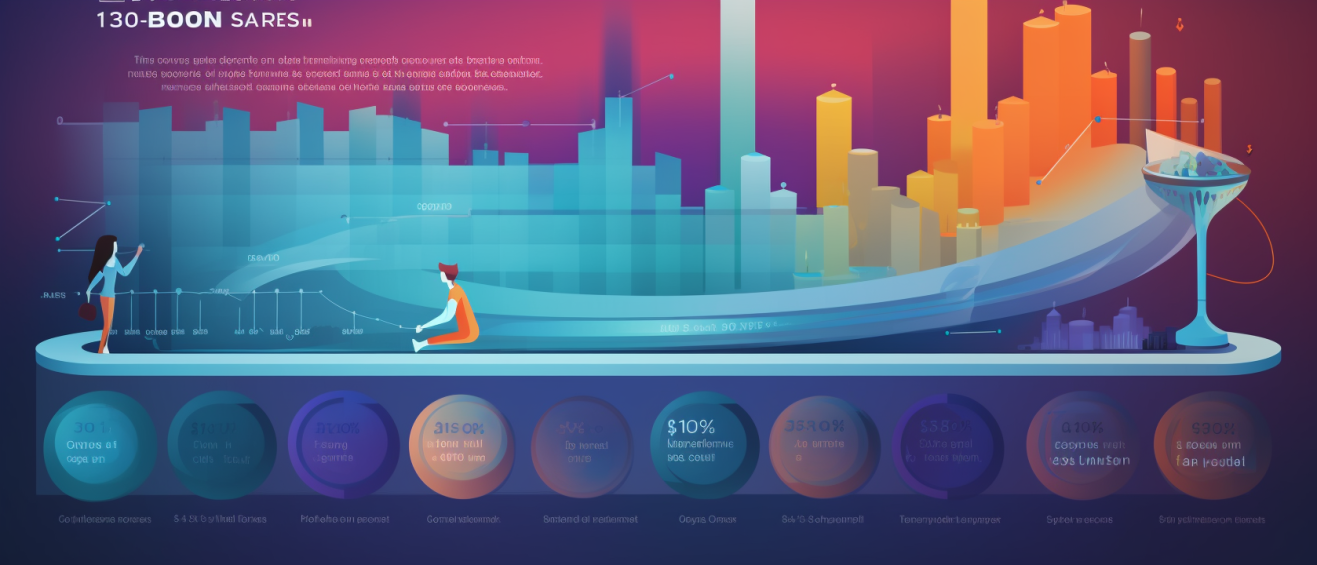
Why Conversion Rate Matters
So, why should businesses keep a keen eye on their conversion rate? Simply put, it's a snapshot of their success. A good conversion rate means their marketing strikes the right chord with their audience. For any business, growing this rate can be the difference between thriving and just surviving. Imagine nudging your conversion rate up just a fraction - this could mean significantly more sales without spending extra on marketing. It's like finding money in a coat pocket that you forgot was there. Isn't that a chance worth exploring?
Conversion Rate Example: E-commerce
Let's take a dive into the bustling world of e-commerce. Picture this: an online store selling eco-friendly yoga mats has a conversion rate of 2%. By analyzing the conversion funnel—from landing page visits to adding items to the cart, to completing a purchase—they noticed most potential buyers dropped off before checkout. Why? After some tweaks like simplifying the checkout process and adding reassuring customer reviews, they saw their conversion rate jump to 4%. With the same amount of traffic, they doubled their sales! This shows just how impactful some well-placed tweaks can be.
Conversion Rate Example: Lead Generation
Now, how about when the goal is to gather potential clients or leads? Imagine a service-based business keen on collecting emails through a signup form. They're sitting at a conversion rate of 10%. By implementing A/B testing, they found out that a more persuasive call-to-action and a testimonial video lifted their rate to 15%. This highlight is a testament to the power of A/B testing and the importance of continuous improvement. Each percentage point increase represents a flock of new potential clients with whom they can nurture a relationship.
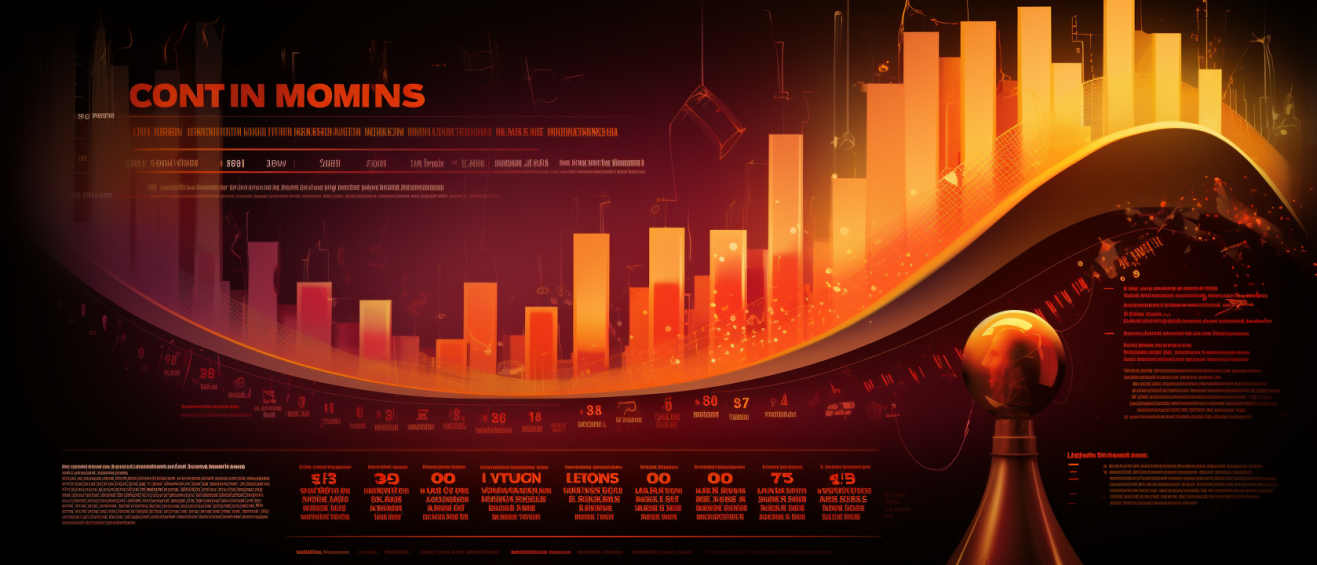
Conversion Rate Example: Mobile Apps
Let's not forget the dynamic domain of mobile apps. A developer's dream is users downloading their app and making in-app purchases. However, say the initial conversion rate of app installs to in-app purchases is low, at 1%. Through refining user experience and sprinkling some personalization into the app, they could rocket that rate to 4%. That's a huge leap! This success stems from understanding the user journey and making it as smooth as possible. It's all about creating an environment that users not only enjoy but are willing to invest in.
In the constantly evolving world of digital marketing, keeping a close eye on conversion rates is non-negotiable. Whether it's tweaking a website, nurturing leads, or enhancing an app, understanding and optimizing conversion metrics can dramatically alter a business's trajectory. And who wouldn't want that extra edge in today's competitive landscape?
AI Marketing Engineers Recommendation
Recommendation 1: Analyze Your Conversion Rate by Traffic Source: Look, not all visitors are created equal. To really understand what's going on, break down your conversion rates by where your visitors are coming from. Is it social media, email campaigns, search engines? By identifying which sources give you the best conversion rates, you can make some smart decisions on where to focus your marketing efforts. If you find out that your email marketing campaigns have a 5% conversion rate while social media is only at 1%, wouldn't you want to put more energy into those emails? You'd be able to tailor your strategy to focus on the highest-performing channels.
Recommendation 2: Optimize Conversion Pathways Using A/B Testing: Trends come and go, but testing remains a classic. Use A/B testing to try out different approaches in your user journey. We're talking about images, call-to-action messages, layouts, you name it. Suppose you A/B test two different homepage layouts. One has a big, bold button that says "Get Started Now" and the other a more subtle "Learn More". You might find that "Get Started Now" has a 10% higher conversion rate. Clearly, it resonates more with your audience's hope to dive right into what you offer.
Recommendation 3: Leverage User Experience Feedback Tools to Improve Conversion Rates: People can be shy about saying what's bothering them. But, hey, that's where user feedback tools come into play. These gems can help you understand individual user journeys and where they might be getting stuck. Imagine using a heat-mapping tool and seeing that users are spending a lot of time hovering over your product prices but not making a purchase. That's a signal that maybe they're unsure or think it's too expensive. With this insight, you could test a new pricing structure or add more value to your offer to alleviate those user fears and potentially improve your conversion rate.
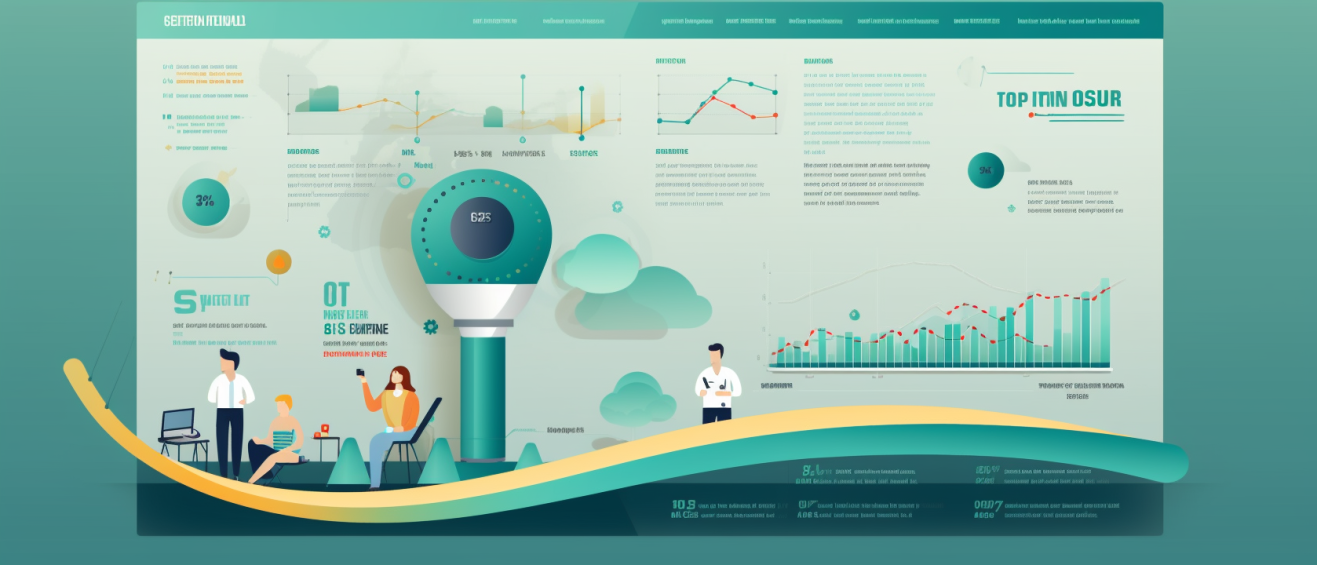
Relevant Links
- Unleashing AI in Digital Marketing: Strategies for 2024
- Mastering AI Marketing: Elevating Brands
- AI-Driven Growth: Custom Marketing Services
- AI and Data Science: The Future of Marketing
- Landing Page Secrets: Conversion Rate Mastery
Conclusion
So, we've been on quite the journey, haven't we? From breaking down what a conversion rate truly is to diving deep into real-life examples from e-commerce, lead gen, and the mobile app world. Think about it: that simple-sounding term "conversion rate" actually carries a lot of weight, doesn't it?
Why does that matter to you? Well, because mastering this little metric can mean the difference between a business that's okay and one that's simply crushing it. Imagine giving your business the kind of boost that has it not just surviving, but thriving.
Remember how that e-commerce store tweaked its funnel? Little changes, big impact—more customers clicking "buy now." And the lead generation strategy we talked about? A few smart tweaks here and there, and voila—more people are saying 'Yes, sign me up!' And let's not forget our mobile app friends; user experience tweaks equaled more app downloads. It's all about making the most of every visit, tap, and click.
Do you see the power in numbers now? This isn't just about the thrill of watching percentages go up. It's about understanding your audience and giving them what they need to take the plunge. So, what do you say? Are you ready to take a closer look at your numbers, to roll up your sleeves and experiment? There's no time like the present to optimize your conversion rates and set your business on the road to success.

FAQs
Question 1: What is a conversion rate?
Answer: A conversion rate is how often people who visit your website end up doing what you hoped they'd do—like buying something or signing up for your newsletter.
Question 2: Why is conversion rate important?
Answer: It's like a report card for your website or ads, telling you if they're doing a good job turning visitors into customers. The better your conversion rate, the better your chances of making more money.
Question 3: How is conversion rate calculated?
Answer: You just take the number of people who did what you wanted them to do (like buying a product) and divide that by the total number of visitors, then you multiply by 100 to get a percentage.
Question 4: What are some common conversion rate examples?
Answer: You've got online stores tracking sales, websites checking how many people sign up for something, and email campaigns measuring who clicked on a link.
Question 5: How can I improve my conversion rate?
Answer: Try making your site look better, make buying or signing up easier, have some great deals, write stuff that grabs people's attention, speed up your site, and test different ideas to see what works best.
Question 6: What is a good conversion rate?
Answer: This one's tricky—it really depends on what you're doing and what industry you're in. Anywhere from 2% to 10% could be seen as good, but it's all about making your rate better than it was before.
Question 7: How does mobile optimization affect conversion rates?
Answer: It's a big deal because heaps of people use their phones to go online and buy things. If your website is easy to use on a phone, more people are likely to stick around and do something.
Question 8: What role does customer experience play in conversion rates?
Answer: If visitors have a good time on your site, they're more likely to become customers. That means treating them well, making your site easy to use, and listening to what they have to say.
Question 9: How does targeting and personalization impact conversion rates?
Answer: They can make a huge difference. By showing people stuff that suits their own interests, you increase the chances that they'll take the leap and convert.
Question 10: How can I track and analyze my conversion rates?
Answer: Use tools like Google Analytics to keep an eye on how many visitors are converting. This way, you can spot what's working and what needs fixing.

Academic References
- Chung, G. T. L., Choi, K. J., & Lee, S. (2014). Understanding and Improving Conversion Rate: A Review, Framework, and Future Directions. Journal of Interactive Marketing, 28(1), 1-15. This article dives into the heart of conversion rates, breaking down their complexities and proposing a clear framework to enhance them. Chung and colleagues analyze various influences on conversion rates, including the role of website design, marketing strategies, and customer psychology.
- Kim, J. J., Moon, J. M., & Lee, J. (2015). Exploring the Effects of Visual Appeal and Perceived Credibility on Website Conversion Rate. Journal of Business Research, 68(2), 322-328. Here, Kim and the team explore how a website's visual aspects and credibility shape conversion rates. The findings spotlight the crucial impact of design aesthetics and trustworthiness, nudging web developers and managers to consider these elements for better outcomes.
- Abu-Shanab, M. F., & Atwi, R. A. (2014). The Impact of Website Quality on Conversion Rate: An Empirical Study. International Journal of Electronic Commerce, 18(4), 97-118. Tackling website quality head-on, Abu-Shanab and Atwi delve into how aspects like usability and content quality contribute to conversion rates. Their research is a treasure trove for insights on the direct correlation between website excellence and a thriving bottom line.
